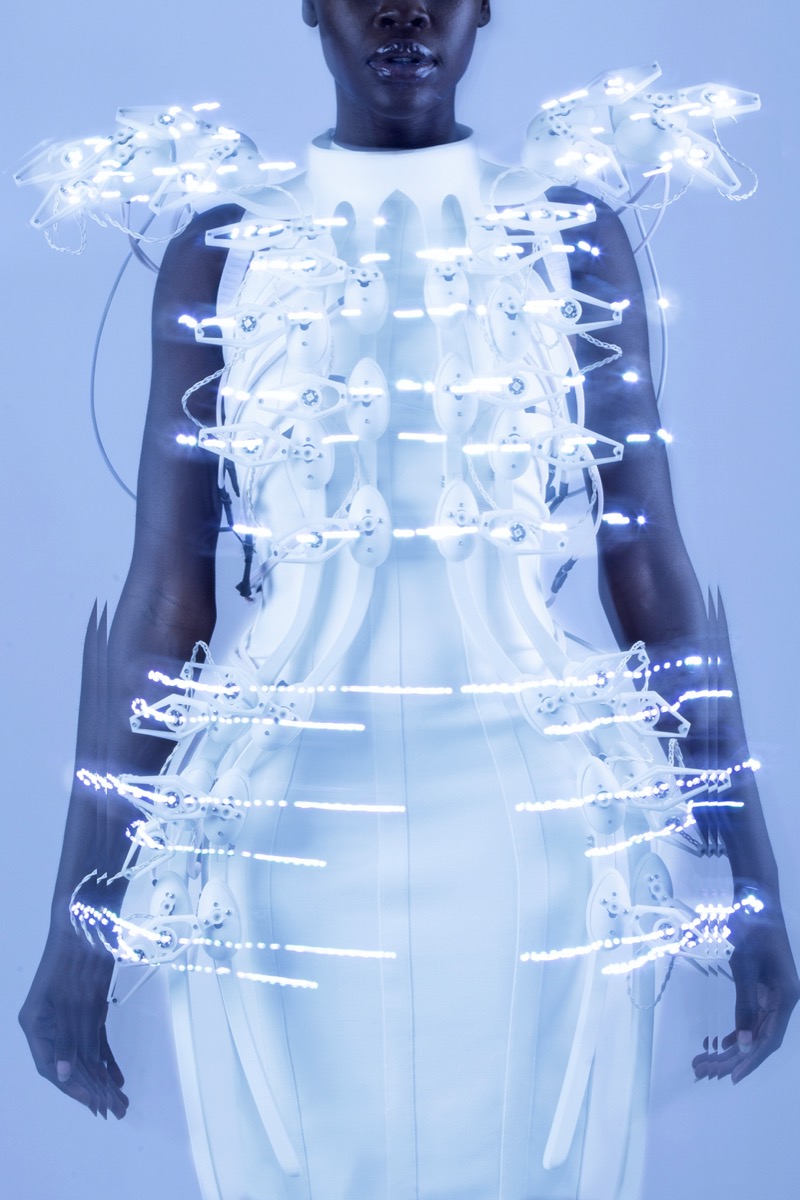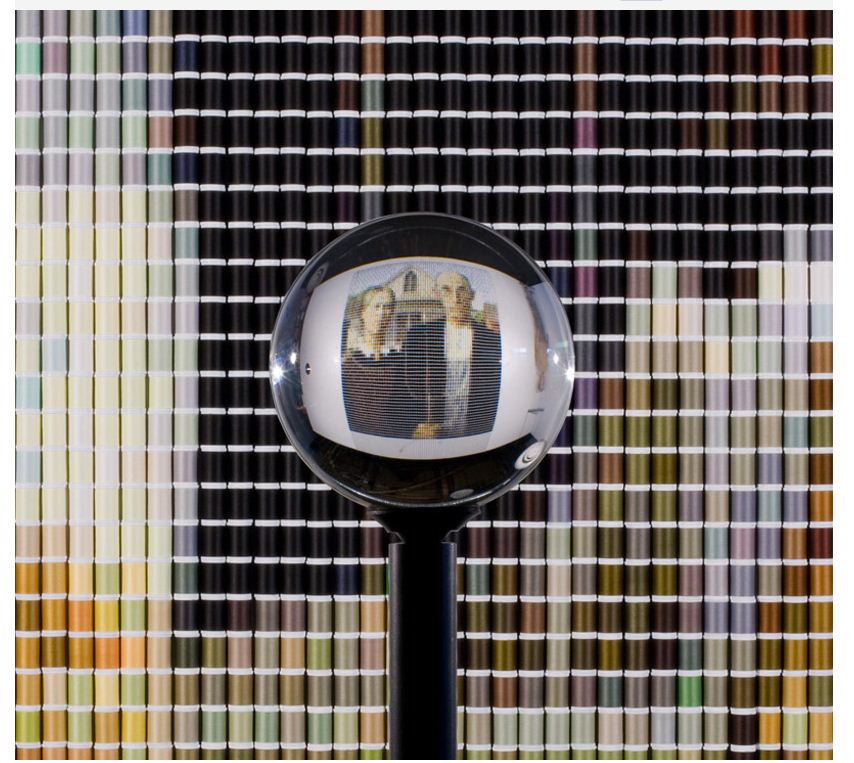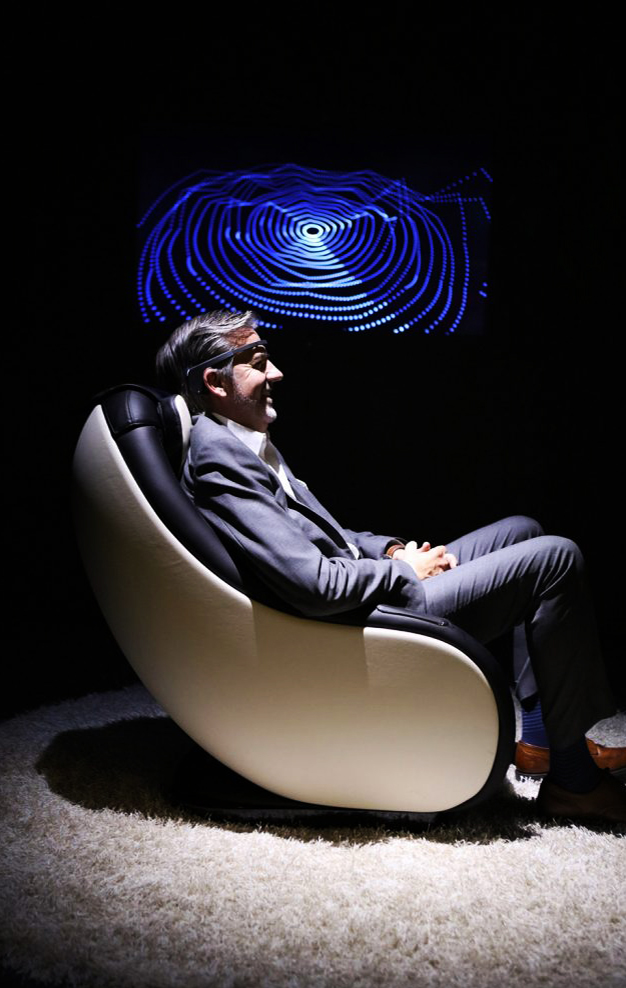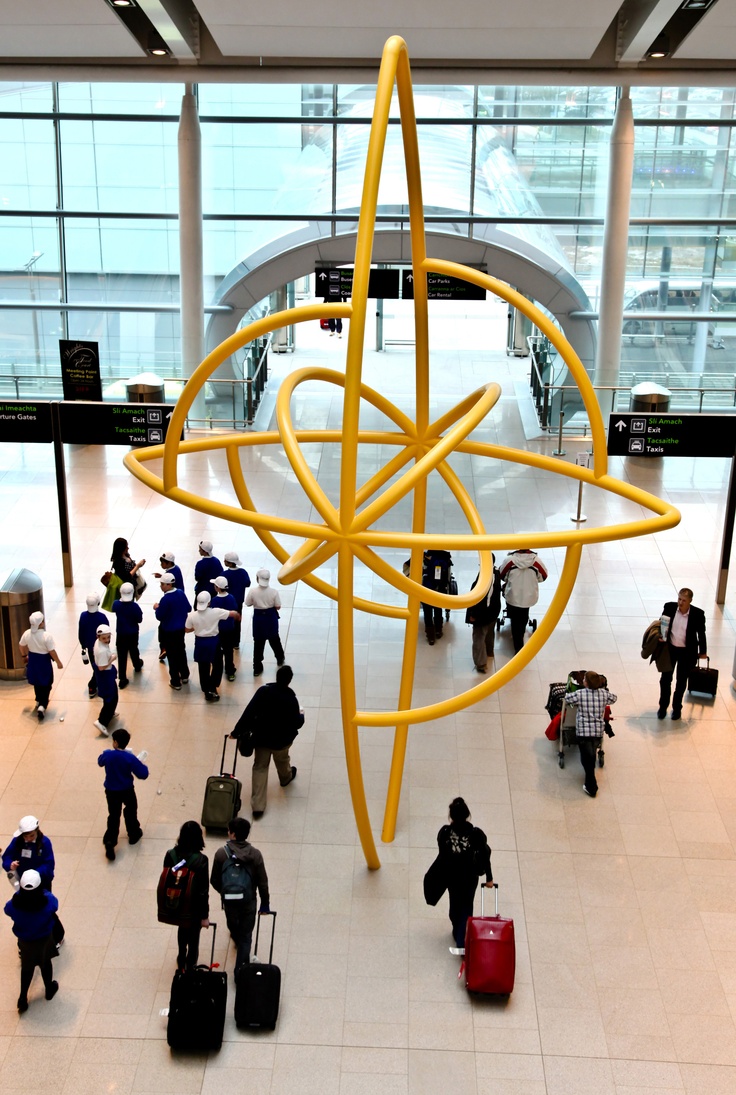
Amigo & Amigo
Affinity
Affinity is an immersive interactive light and sound installation inspired by the human brain. Each light globe represented a memory, as people approached Affinity different memories could be heard. When people touched the memory a light would trigger, the longer they touched the further their light would travel throughout the sculpture. Affinity features 62 different colour combinations and 112 points of interaction.















